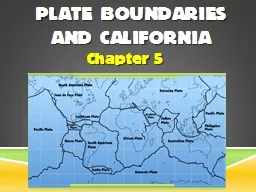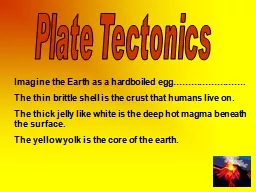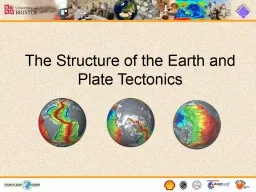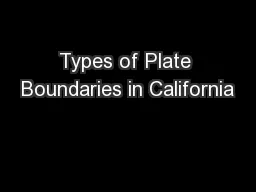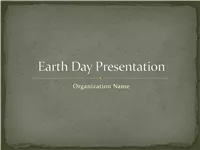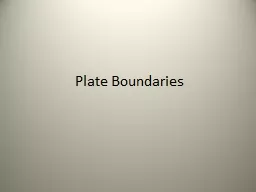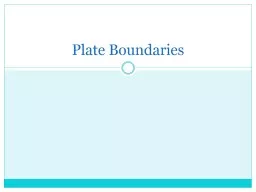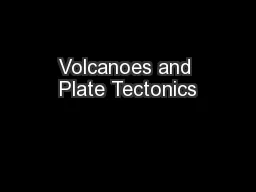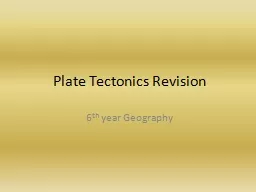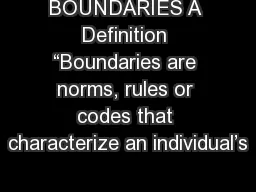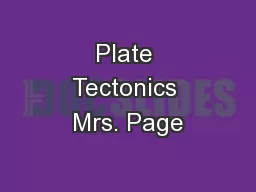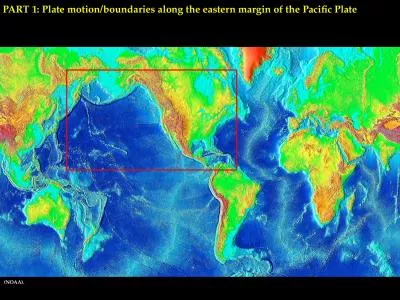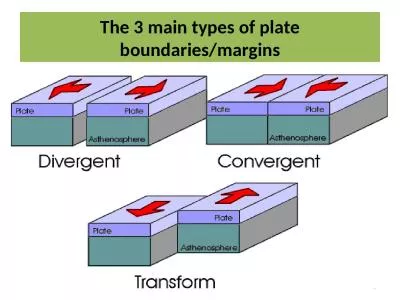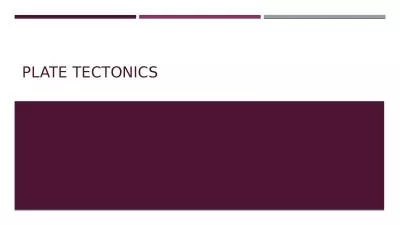PPT-Plate Boundaries and California
Author : olivia-moreira | Published Date : 2016-12-12
Chapter 5 The Big Idea California is located on a plate boundary where major geologic events occur Lesson 1 Interactions at Plate Boundaries There are three main
Presentation Embed Code
Download Presentation
Download Presentation The PPT/PDF document "Plate Boundaries and California" is the property of its rightful owner. Permission is granted to download and print the materials on this website for personal, non-commercial use only, and to display it on your personal computer provided you do not modify the materials and that you retain all copyright notices contained in the materials. By downloading content from our website, you accept the terms of this agreement.
Plate Boundaries and California: Transcript
Download Rules Of Document
"Plate Boundaries and California"The content belongs to its owner. You may download and print it for personal use, without modification, and keep all copyright notices. By downloading, you agree to these terms.
Related Documents

